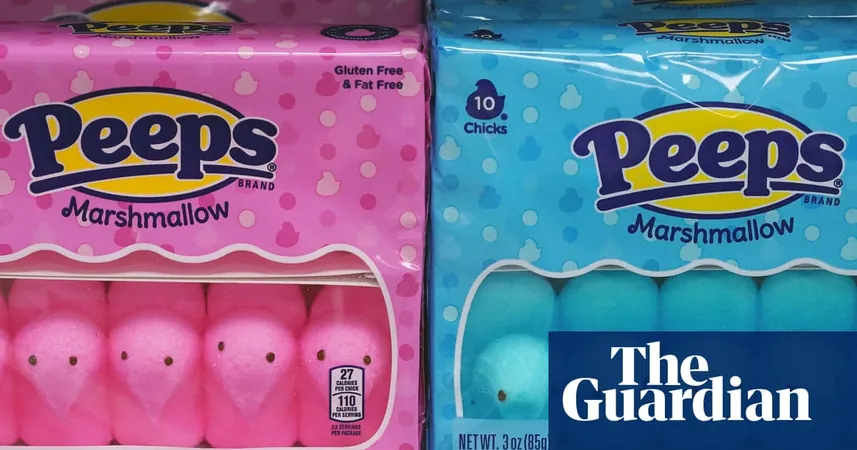
FDA Set to Ban Common Red Food Dye Amid Health Concerns
2024-12-07
Author: Lok
FDA Set to Ban Common Red Food Dye Amid Health Concerns
The United States Food and Drug Administration (FDA) is poised to ban a widely used red food dye known as Red 3, a move that has been long awaited amidst rising health concerns, particularly regarding its effects on children. This vibrant dye is frequently found in an array of products including popular snacks, candies, drinks, and cereals that dominate the American market.
Jim Jones, the FDA’s deputy commissioner for human foods, announced during a US Senate health committee meeting that the agency is reviewing a petition to revoke the authorization for Red 3. He expressed optimism that action could be taken within weeks.
According to environmental health organizations, Red 3 appears in nearly 3,000 food items, ranging from Pez candies and Peeps marshmallow treats to various Betty Crocker products and Dubble Bubble gum. While it serves no nutritional purpose, the additive is primarily used for its eye-catching color, which is often linked to enhanced consumer appeal.
Despite the FDA's assurance regarding the safety of approved food additives when consumed correctly, Red 3 has shown troubling results in animal studies, indicating potential carcinogenic effects. Furthermore, it has been banned from cosmetics since 1990 due to health risks. Concerns are growing as public health advocates connect this dye to behavioral issues in children, amplifying calls for a thorough review of its safety.
Recent legislative changes reflect this mounting pressure; California implemented a ban on four food dyes, including Red 3, in its state. Prominent figures, such as Robert F. Kennedy Jr., who is considered a candidate for health secretary in a potential Donald Trump administration, have criticized the FDA’s lax approach to food safety. He warns that such dyes may be linked to cancer, demanding stricter regulations.
Frank Pallone, a member of the US House Energy Committee, voiced concerns directly to the FDA, arguing that there is no justification for the presence of Red 3 in food products other than for marketing purposes. He pointed out that during the holiday season, when sweets are plentiful, it is alarming that this harmful chemical remains hidden in the foods consumed by families, especially children.
As the FDA's decision looms, consumers are urged to remain vigilant and informed about what they are putting into their bodies while seeking transparency in the products they purchase. The potential banning of Red 3 signifies a growing recognition of the need for stricter food safety regulations and public health advocacy in the United States.






 Brasil (PT)
Brasil (PT)
 Canada (EN)
Canada (EN)
 Chile (ES)
Chile (ES)
 España (ES)
España (ES)
 France (FR)
France (FR)
 Hong Kong (EN)
Hong Kong (EN)
 Italia (IT)
Italia (IT)
 日本 (JA)
日本 (JA)
 Magyarország (HU)
Magyarország (HU)
 Norge (NO)
Norge (NO)
 Polska (PL)
Polska (PL)
 Schweiz (DE)
Schweiz (DE)
 Singapore (EN)
Singapore (EN)
 Sverige (SV)
Sverige (SV)
 Suomi (FI)
Suomi (FI)
 Türkiye (TR)
Türkiye (TR)